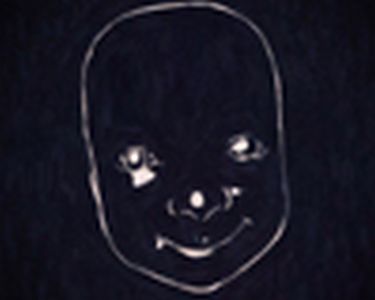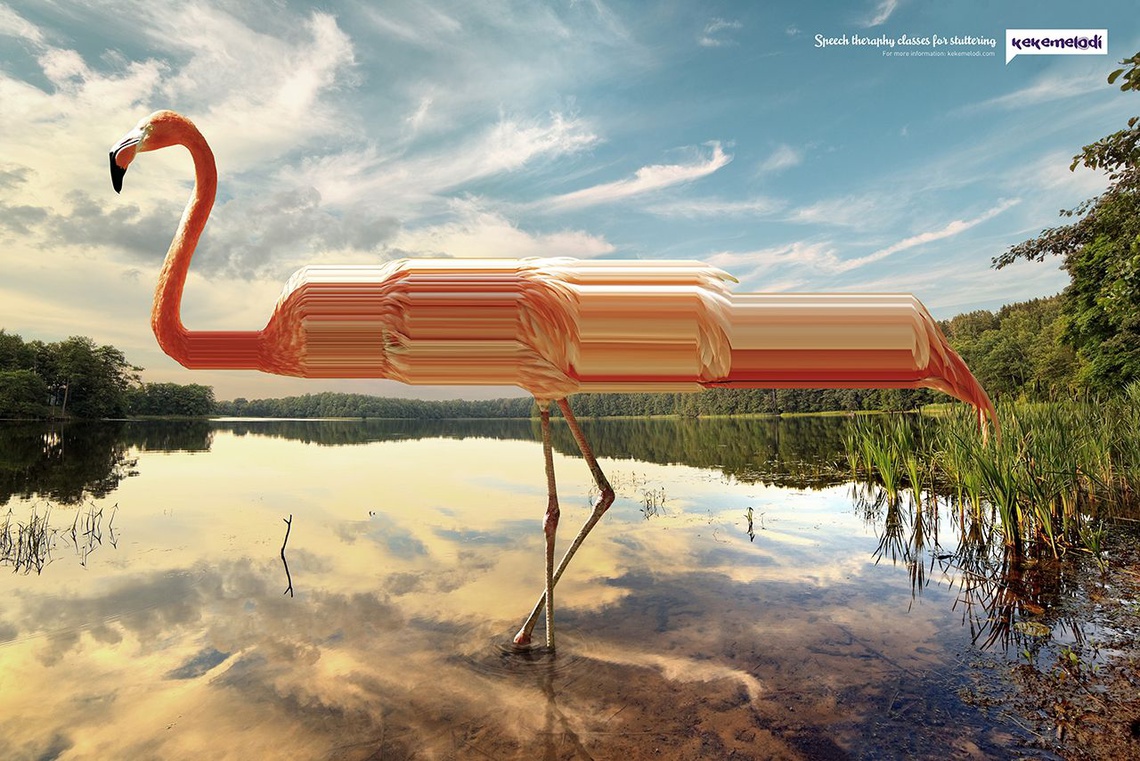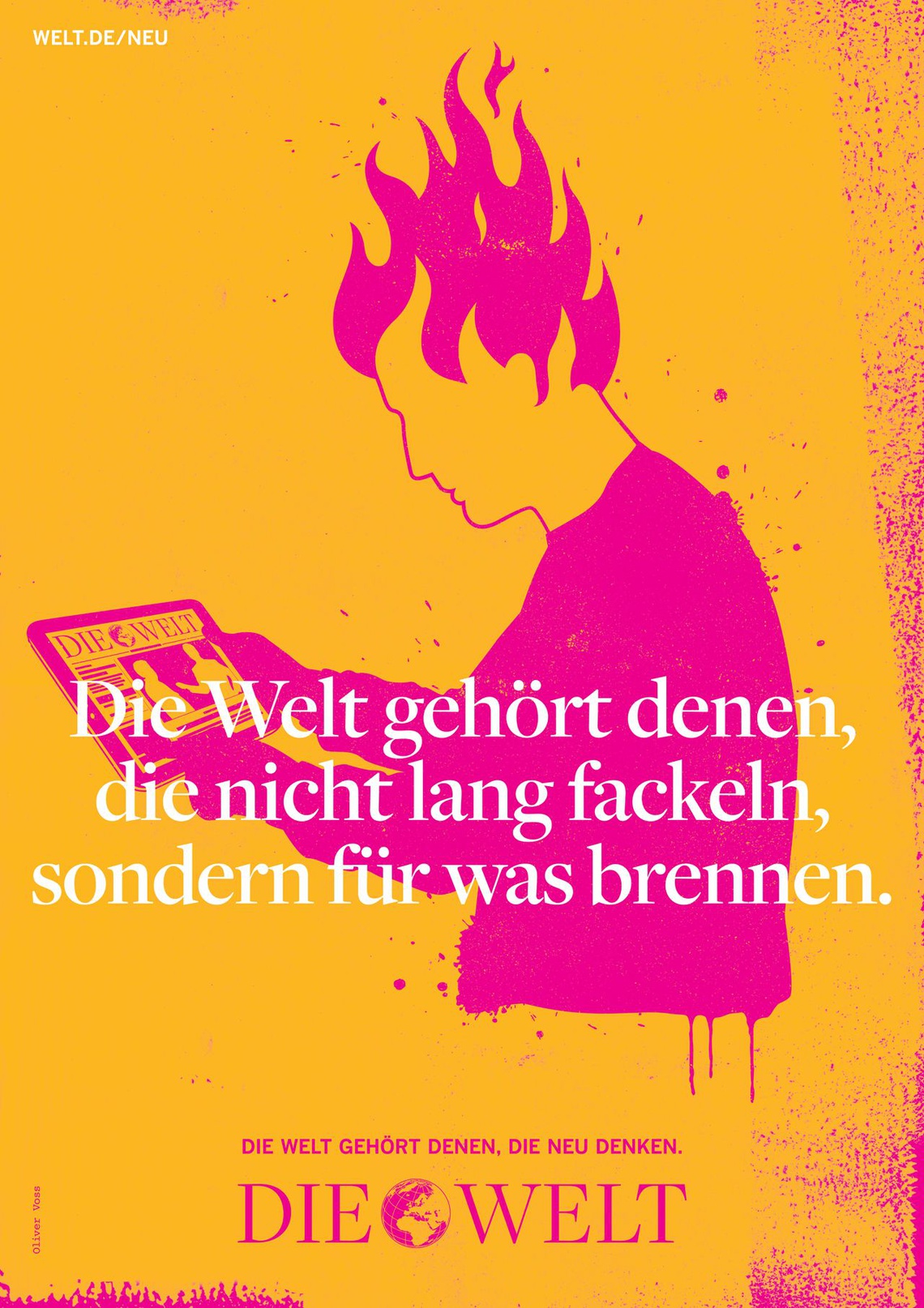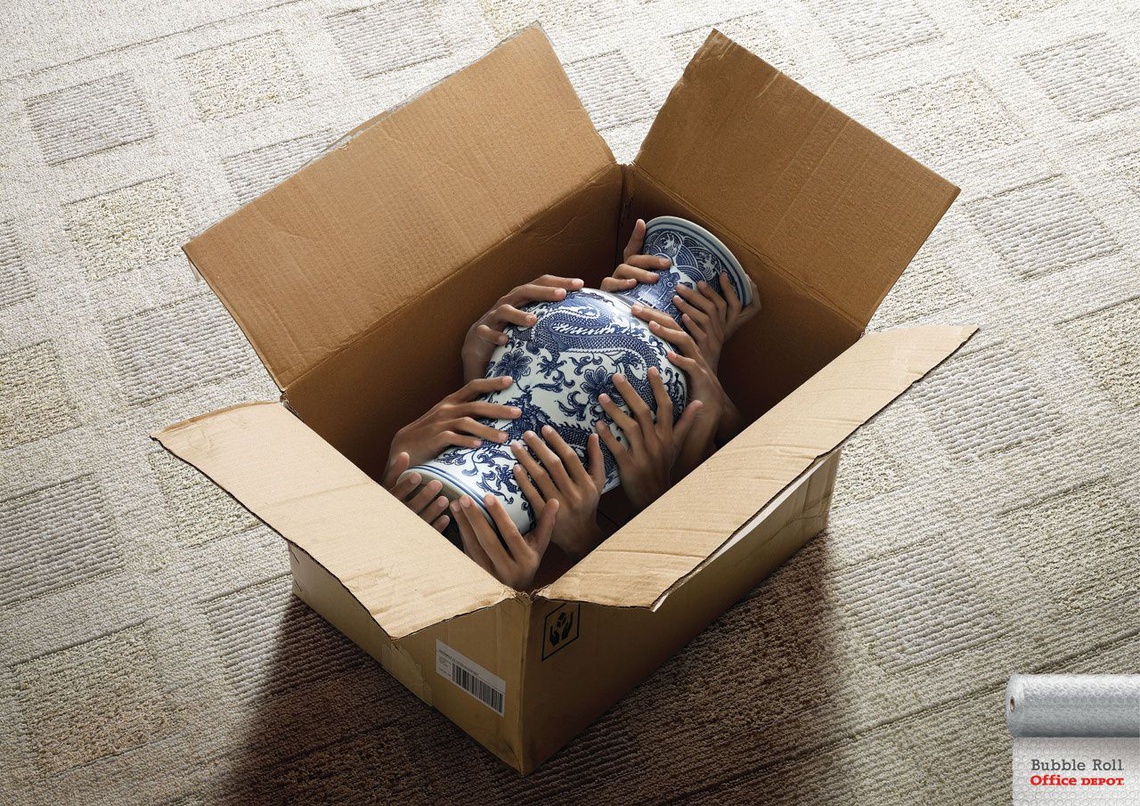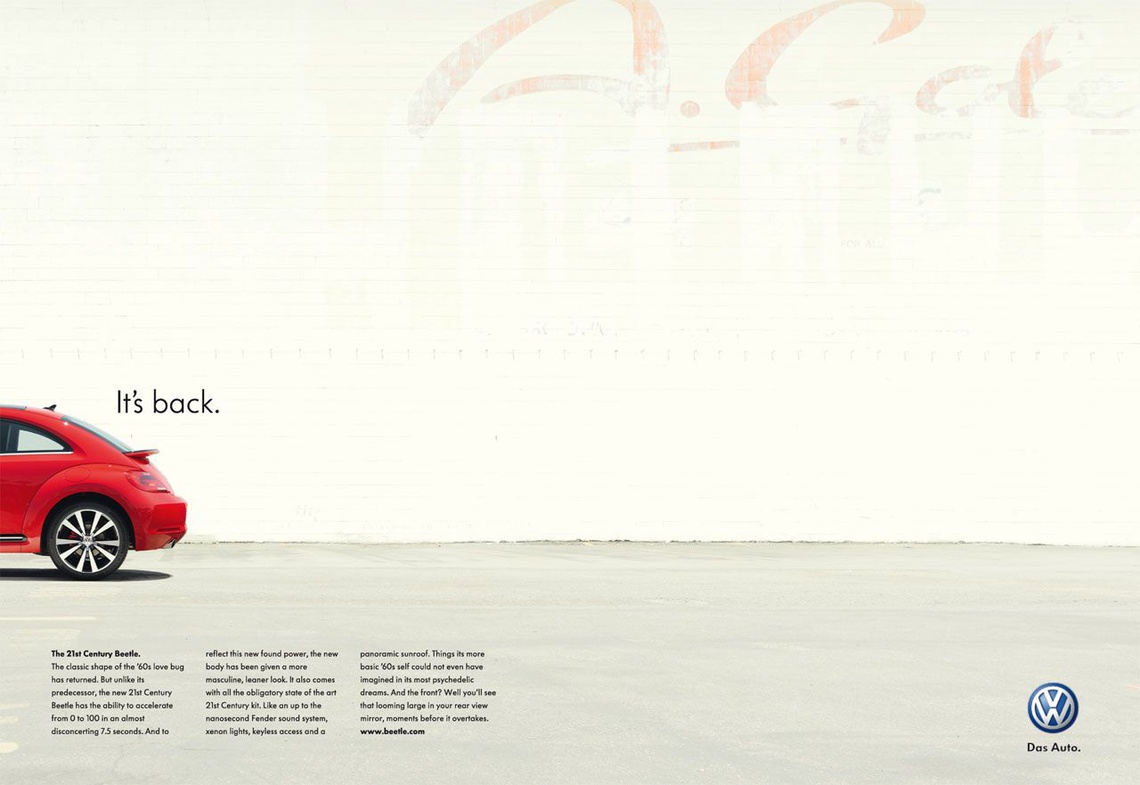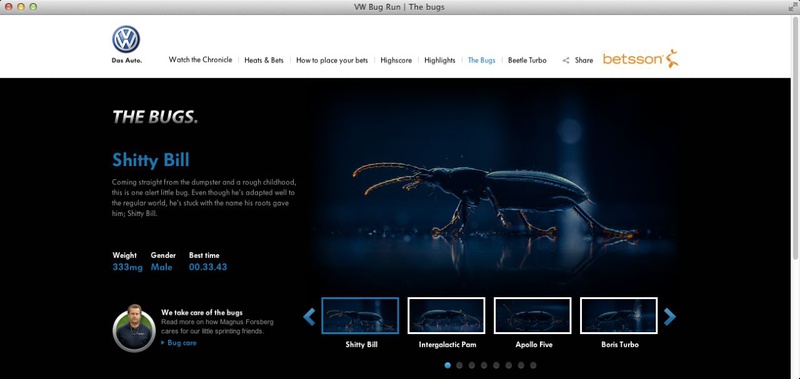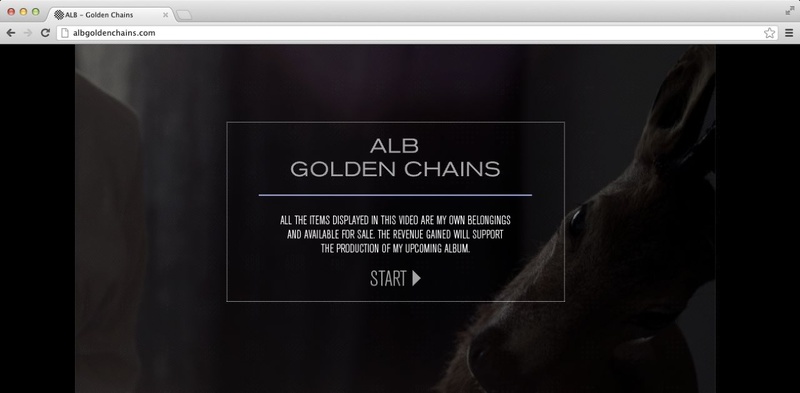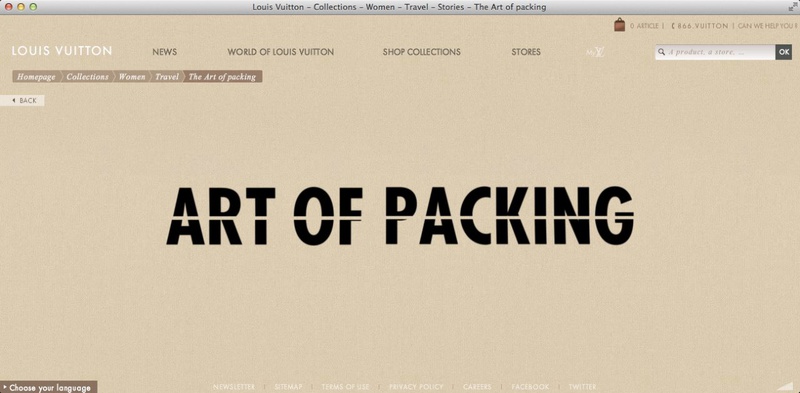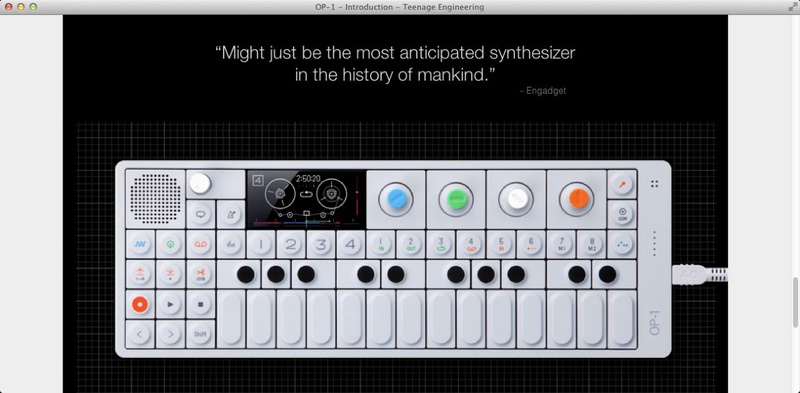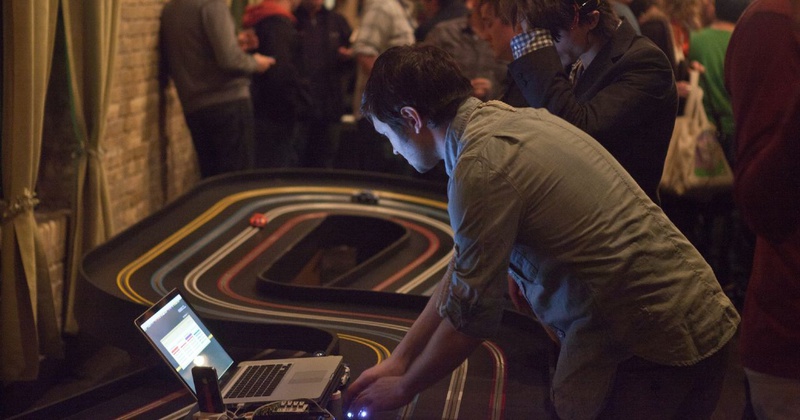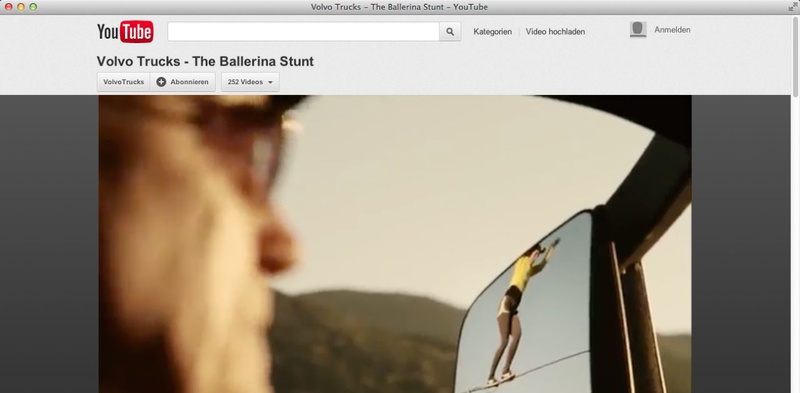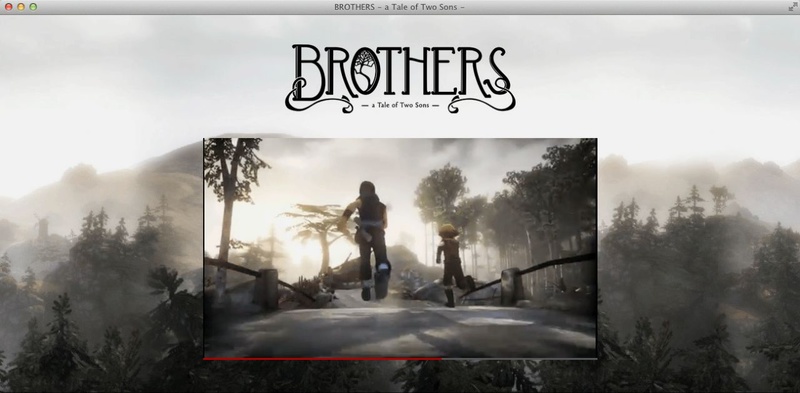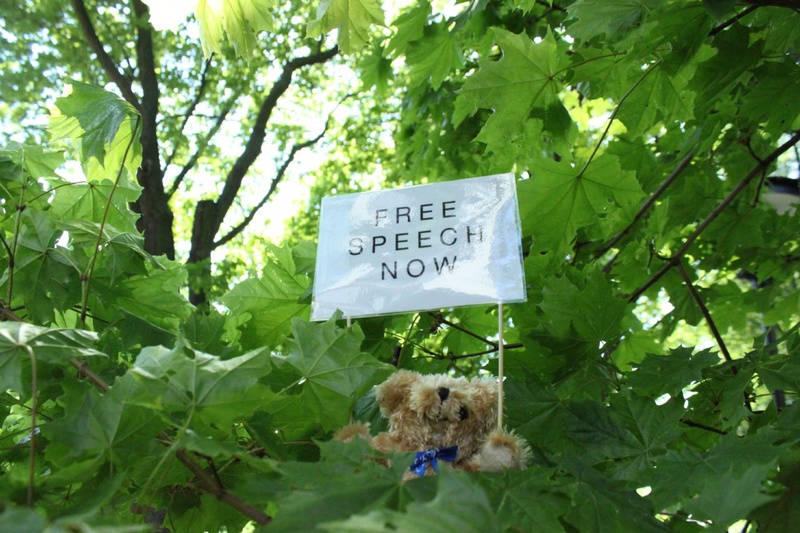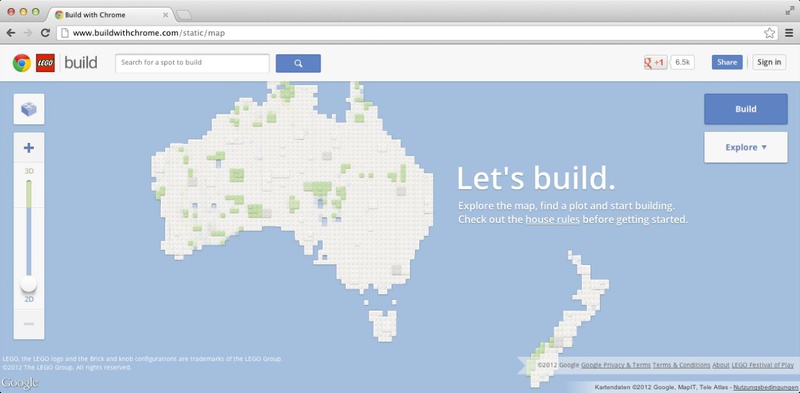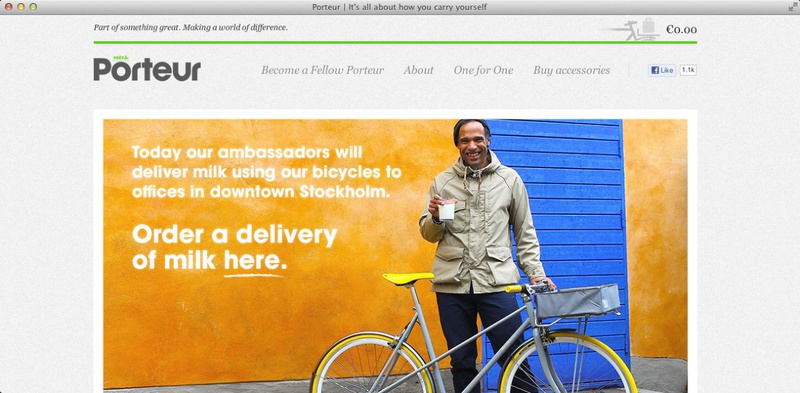We will love to read paper for at least 100 more years from now.The man behind our selection of Digital work in this issue is Martin Cedergren, Partner and Executive Creative Director at Åkestam Holst, one of the top alternative and digital agencies in the world. Martin is to be numbered amongst just a few creative directors who have successfully worked and won awards (including two Grand Prix in Cannes) in both the traditional and the digital ad arena. The global brands Martin has worked on over the course of his career include names such as Carlsberg, Volvo, adidas, Nike, Pride, IKEA, MTV, Nokia, Ata-ri, Thomas Cook, Yahoo, and Tele2. Prior to joining Åkestam Holst, Martin was Creative Director at 180 Amsterdam, where he worked on the adidas account. The year before that, Martin got AKQA Amsterdam working with Nike Football. He had arrived there from Swedish agency Forsman & Bodenfors, where, over the course of seven years, he helped transform the shop into a digital agency that was ranked #3 Interactive Agency in the world by The Gunn Report in 2007.
L.A.: Hi, Martin, how did you get started, and when did you first get interested in digital media? Do you come from a traditional advertising/marketing background?
Martin Cedergren: Well … it all started with a Commodore 64 in the mid-80s, when to go online was calling up a BBS, and you played trigger-happy games like Commando and Wizball. I don’t think anyone back then thought this would be a huge commercial scene one decade later. My first job was an internship at a Gothenburg ad agency in the early 90s, where I learned how to use a machine called Macintosh. Software like Quark Express and Photoshop was something that really revolutionized the industry, and most people around the office didn’t really like working with computers. But it was something completely new and it was like a big and fun playground for the next generation. For people like me, I got my first email in 1994 but with one problem: I had absolutely no one to send a mail to! Think I mailed a short “Hello” to a random guy called “The King of Cyber,” and got a weird answer back in return. My first step on the internet had been taken. A couple of years later, I got hired at another agency called Adera in the same town. They were looking for “digital guys,” and my first assignment was to create the entire web for Volvo Group. In two weeks. Without any job description and with a team consisting of only three guys. We barely made it. But at the presentation, the client still didn’t really “get it,” i.e. why they should be online at all. (Today, thousands of people are working full-time on the digital presence of Volvo worldwide). But, somewhere around here, everything suddenly changed and totally exploded. It was 1996 and the beginning of the internet hype was a fact. From nowhere, web agencies and gurus popped up and everybody wanted to join the game. And we all know what happened next …
L.A.: How much has it all changed since then in terms of the attention it receives and the technology applied?
Martin Cedergren: I think just about everything has changed since the days I started. But it’s still about the same principles. Technology is about making the world a little better place. And there is still so much left to develop to get there.
L.A.: Did you have any role models back in the early days and who were they?
Martin Cedergren: It may sound like a cliché, but Steve Jobs was one of those I really digged from the beginning. Even when Apple was about to go under, I never stopped believing in him and his fab company. No guts, no glory!
L.A.: Between 2002 and 2007, you were Interactive Creative Director at Forsman & Bodenfors. In your CV, it says that you helped transform the well-known and much-awarded shop into a distinguished digital agency. Can you tell us a bit about the challenges that faced you there at that relative early date when introducing and trying to integrate digital?
Martin Cedergren: I was about to quit working with advertising after the dotcom crash in 2001 when the former CEO of F&B, Sven-Olof Bodenfors, called me up for a “fika” (a Swedish expression meaning to take a coffee break). It was a great challenge joining the agency to really integrate digital with traditional marketing. We agreed to skip departments and separate digital expert units. We were just one big great team having fun, and when we won a Grand Prix in Cannes for the Volvo XC90 launch one year later, in the Digital Integrated category, we made it all come true. The gang at F&B is still doing great stuff, by the way.
L.A.: In 2009, after a year at AKQA and one at 180 Amsterdam, you became Partner/ECD at Åkestam Holst. Can you tell us about that agency and its clients – and how your decision to become more or less independent came about?
Martin Cedergren: I had known the people at Åkestam Holst for quite some time and there was a joint ambition to take the next step from being a great domestic agency in Sweden to become a top international alternative agency. Three years – and lots of hard team work – later, that resulted in the Ad Age “International Small Agency of the Year” award. And time to move on …
L.A.: Would you say that digital – whether it’s in-house or obtained by calling on the services of a digital shop – has now become fully integrated into the advertising world?
Martin Cedergren: Think it depends on how the agency wants to position itself, and what the general offer looks like. For some, it makes sense being a 360 shop, and for others it’s a different set-up. There is simply no right or wrong running an agency today. It’s what it’s always been about – delivering great work.
L.A.: Are there people working today in the digital field whose work you particularly admire?
Martin Cedergren: There are lots of true heroes out there. Everything from a bunch of skillful Swedish production companies like B-Reel, North Kingdom, Kokokaka, Society46 and FSWL to individuals like Iain Tait at Google Creative Labs, and Satoshi Takamatsu at Ground Tokyo. Think I need at least ten extra pages to credit all those who deserve a huge pat on the back.
L.A.: In an article in Forbes magazine, which was really about how to change one’s company culture, you were quoted as saying, “Movements are the future of marketing.” What did you mean by that? I suppose you were not referring to movements within a company, or were you?
Martin Cedergren: It’s simply being responsive to the environment around you. And then taking action on what to do next. If you do it right, you will create a big movement for sure.
L.A.: And can you give us an example of where “movements” were responsible for the success of one of the campaigns you were involved in?
Martin Cedergren: When we launched the “How Hetero?” campaign for Stockholm Pride in 2009, we didn’t really have a clue what it would become only a couple of days later. The theme that year was HETERO, focusing on heteronormativity and how it affects homosexuals, bisexuals and transpersons’ everyday life, what consequences it brings, and how it affects society as a whole. We did a simple test that analyzes your Twitter account, giving a percent assessment of “How Hetero” you are based on your latest 200 tweets. We wanted to illustrate the fact that everyday words used in conversations can be perceived as potentially discriminating to people with different sexual preferences. Two days later, “How Hetero” became the world’s most Twittered link. View the campaign here: https://ourwork.se/howhetero/
L.A.: What, in your opinion, will be the major changes in web-based communication we can expect next?
Martin Cedergren: Digital is getting more prioritized on the general agenda. It is the most important media at present. No doubt about that.
L.A.: You have kindly selected for us the digital work you consider to be the most interesting at the moment. Can you tell us something about your criteria for inclusion?
Martin Cedergren: I am very proud of being part of the Swedish digital phenomenon, and I wanted to highlight what’s going on here. The vibe is just as strong in the digital scene now as it was 10-15 years ago. And it will keep going on, for sure, with a new breed of entrepreneurs entering the arena.
L.A.: How have social media changed the way brands need to communicate, and have all brands got that message by now?
Martin Cedergren: I think most have tried out different ways to approach social media with various results. I guess those being successful will continue with more cool ideas in the future.
L.A.: What is brilliant advertising to you in “traditional” ad media – such as print and TV? Can you give us a few examples of what you rate as pretty cool out there? Or does it all pale in comparison to what Digital and Interactive can achieve nowadays?
Martin Cedergren: There are a lot of cool “traditional” marketing initiatives. Digital is the perfect catalyst, filtering out the good examples from the bad. For example, a brilliant TVC is also a contagious viral. VW/The Force is a perfect example of that. Or, recently, the Red Bull Stratos space jump with Felix Baumgartner, developed with a classic traditional PR set-up followed by millions online.
L.A.: What is some of the work/campaigns you have been involved in that you are most proud of?
Martin Cedergren: I am very proud every time I have the opportunity to help vulnerable people. Like the Sound of Football project for PepsiCo, where we changed everyday life for the visually impaired community (https://ourwork.se/thesoundoffootball/), or the Girl Power initiative for the Ministry of Health and Social Affairs, helping young girls to be more media-critical (https://demo.fb.se/e/girlpower/).
L.A.: Do you think there will be any role at all for print advertising in the future?
Martin Cedergren: Absolutely. We will love to read paper for at least 100 more years from now. There is so much to experiment with, combining print with digital, like the interactive ad we did for Audi Night Vision (see page 151 in this issue).
L.A.: Where do you get your inspiration, your ideas from? How do you feed your creativity?
Martin Cedergren: A combination of an endless curiosity and a desire to have fun …? Yes, that’s it really!
L.A.: What is your attitude towards international advertising awards, of which you have won many? Would you say they have more importance for someone working in Digital as it is a relatively new medium?
Martin Cedergren: Ad shows are an important tool that provides the ad industry with an additional currency. But it’s not about life and death. It’s just one way out of many to measure creativity.
